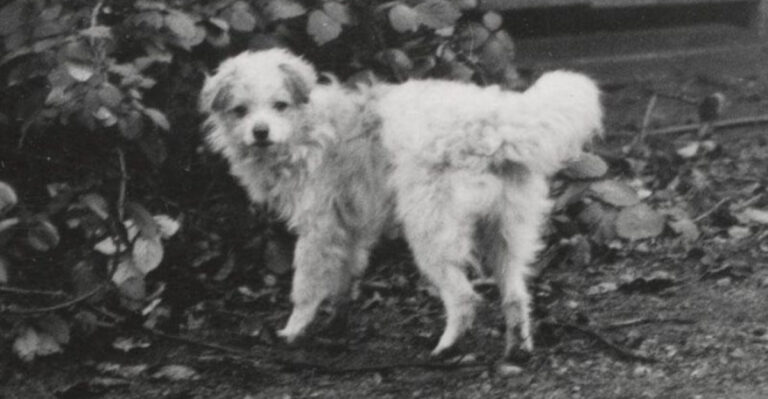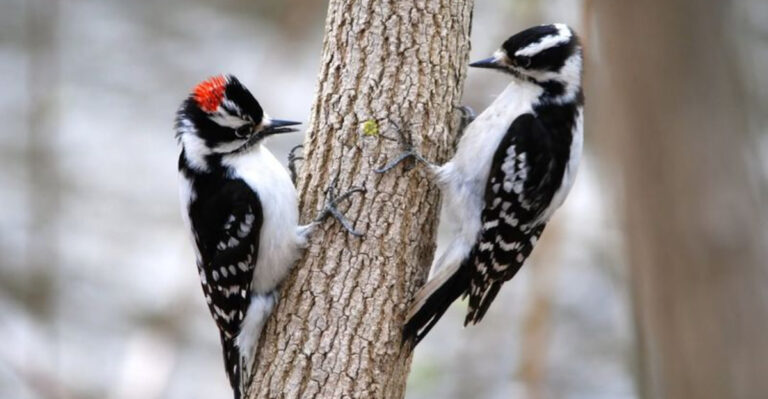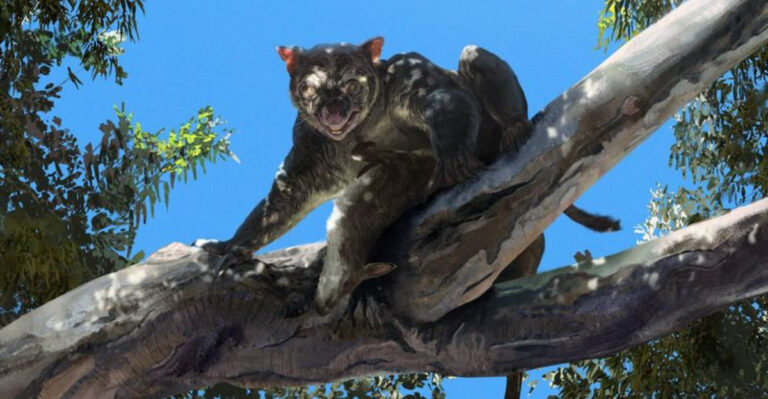Hidden For Over Half A Century: 15 Mind-Blowing Facts About The New Britain Goshawk
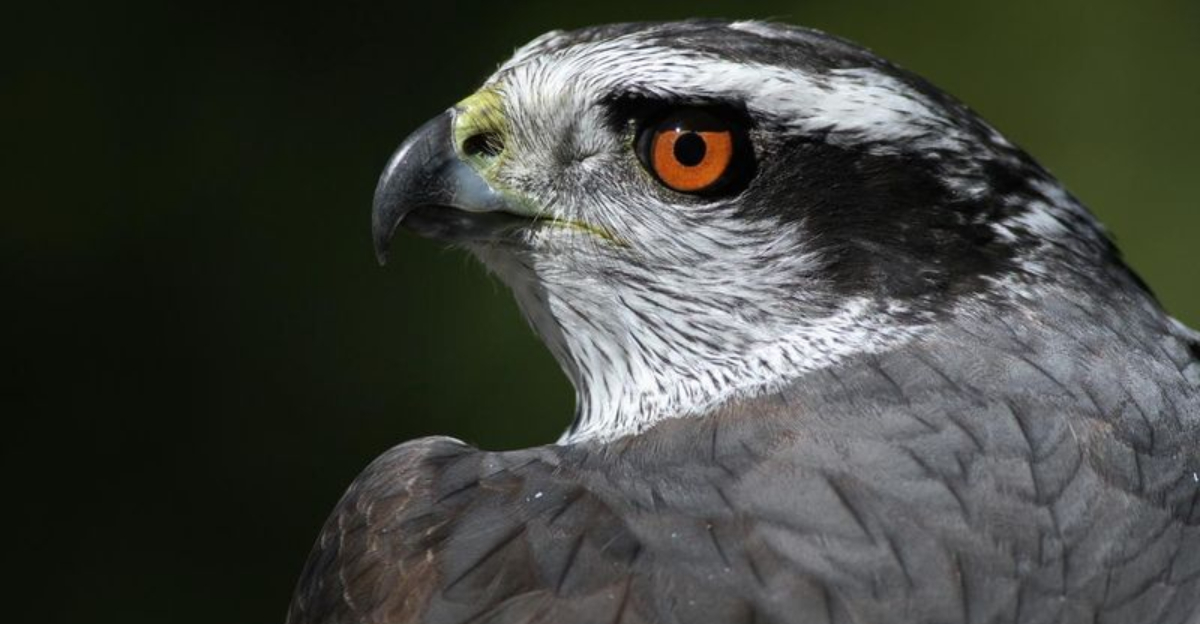
The New Britain Goshawk, a magnificent bird of prey, remained hidden from scientific eyes for over 50 years until its recent rediscovery.
This elusive raptor, native to the island of New Britain in Papua New Guinea, has captivated researchers with its mysterious habits and striking appearance.
From its remarkable hunting abilities to its unique adaptations, the New Britain Goshawk offers a fascinating glimpse into nature’s wonders that have remained secret for generations.
1. The 50-Year Disappearing Act
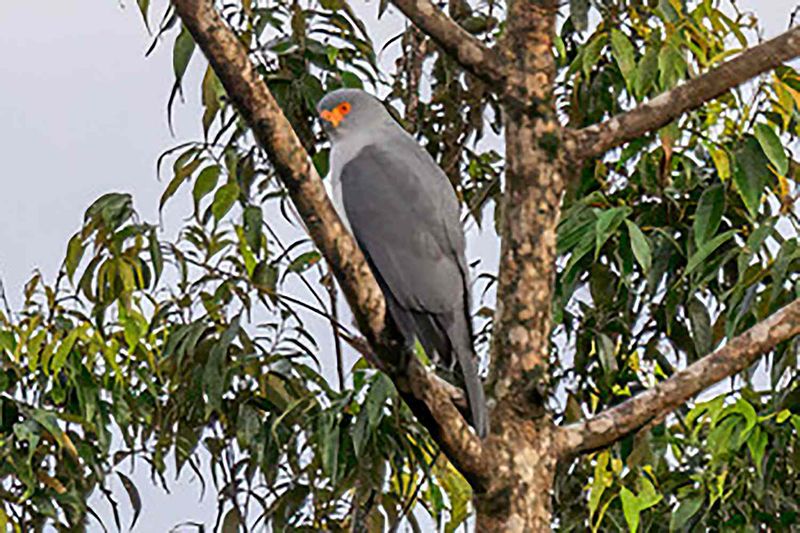
The New Britain Goshawk vanished from scientific records in 1969, leading many ornithologists to fear it had become extinct. For five decades, this phantom bird existed only in old photographs and museum specimens.
Its rediscovery in 2021 by a team of dedicated researchers sent shockwaves through the scientific community. Against overwhelming odds, this remarkable raptor had survived in the remote forests of New Britain, continuing its secretive existence far from human eyes.
2. Island Evolution Marvel
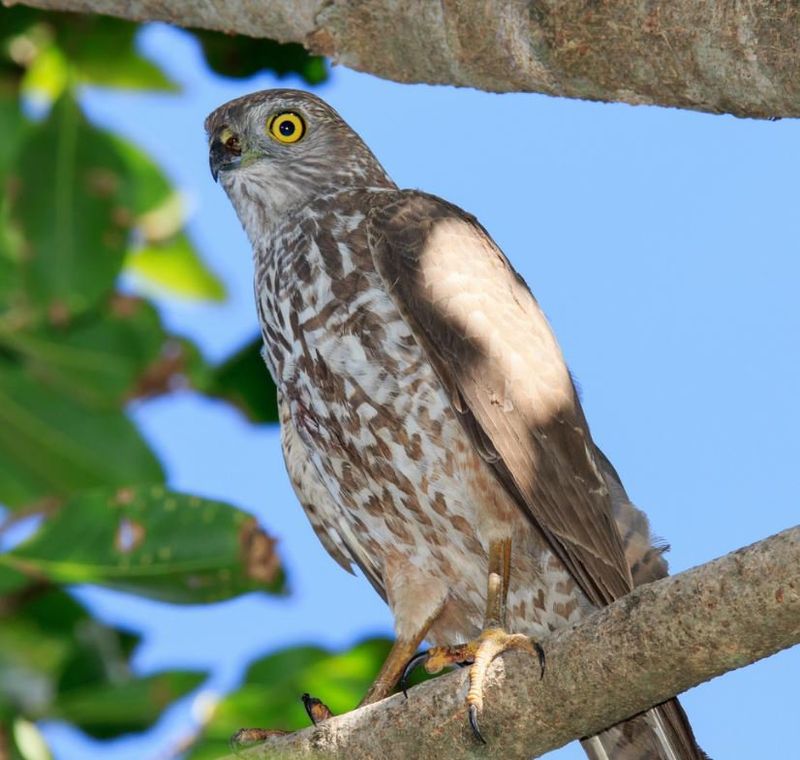
Evolution shaped the New Britain Goshawk into a specialized hunter unlike its mainland cousins. Isolated on its namesake island, the bird developed distinctive features perfectly adapted to its unique environment.
Its wings evolved to be shorter and more rounded than continental goshawks, allowing for incredible maneuverability through dense jungle canopies. This evolutionary adaptation enables the bird to pursue prey through thick vegetation where other raptors would struggle to navigate.
3. Secret Hunting Techniques

Unlike most birds of prey that rely on open-air hunting, the New Britain Goshawk employs a stealth approach that scientists are only beginning to understand. Rather than soaring high and diving, it patiently perches hidden among foliage, waiting for the perfect moment to strike.
Researchers discovered the goshawk uses acoustic cues as much as visual ones, listening for prey movements in the underbrush. This highly specialized hunting strategy allows it to capture prey that other raptors simply cannot detect.
4. Color-Changing Eyes

Perhaps the most mystifying feature of the New Britain Goshawk is its ability to change eye color. Young birds display bright blue eyes that gradually transition to yellow, then deep amber as they mature.
Scientists believe this unique trait may serve as a visual signal of maturity to potential mates. The color transition happens over several years, with the most dramatic shift occurring during the bird’s second year of life when it begins seeking a territory and mate.
5. Volcanic Adaptation Specialists
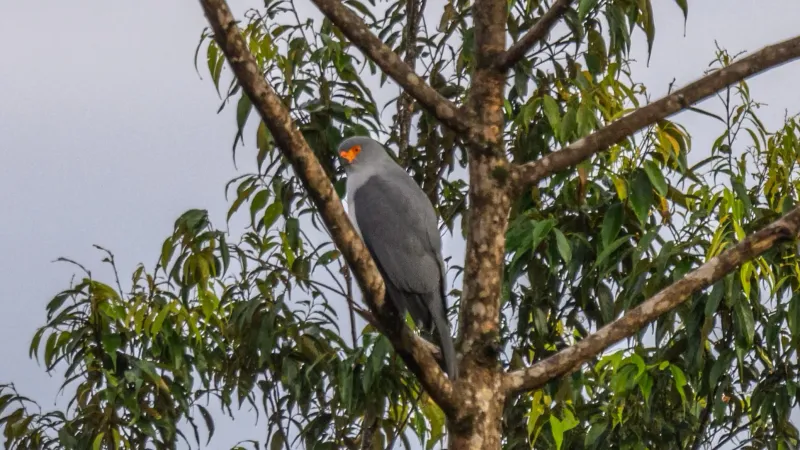
New Britain Island has six active volcanoes, creating an environment few species can thrive in. The goshawk remarkably adapted to these conditions, using volcanic activity to its advantage.
After eruptions, when other animals flee, the goshawk hunts displaced creatures in the disturbed areas. Its feathers contain unusually high levels of certain minerals that may provide protection against volcanic ash irritation, allowing it to hunt when other predators cannot.
6. Ritualistic Courtship Dance
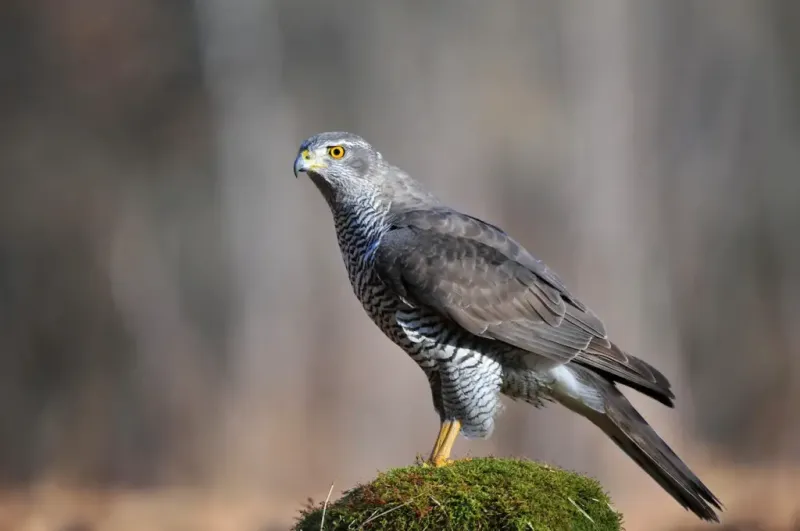
Newly documented courtship rituals of the New Britain Goshawk reveal one of the most elaborate mating displays in the raptor world. Males perform a series of mid-air acrobatics that can last up to 45 minutes, including somersaults, spiral dives, and figure-eight patterns.
What makes this display truly remarkable is the synchronized vocalization that accompanies each maneuver. The male produces different calls for each type of aerial movement, creating what researchers describe as an “aerial symphony” unlike anything observed in related species.
7. Linguistic Influence On Local Culture
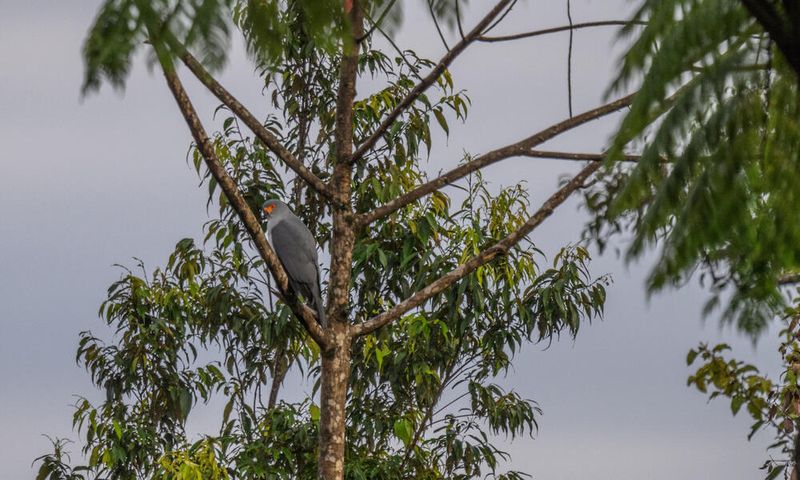
The New Britain Goshawk holds profound cultural significance among indigenous Papuan tribes. Its distinctive call has influenced the development of certain consonant sounds in local languages.
Anthropologists discovered that several words describing strength and stealth in the Nakanai language directly mimic the goshawk’s call. Tribal elders perform ceremonial dances wearing masks that represent the bird, believing it bestows hunting prowess and wisdom to worthy warriors who honor its spirit.
8. Dual-Tone Feather Technology
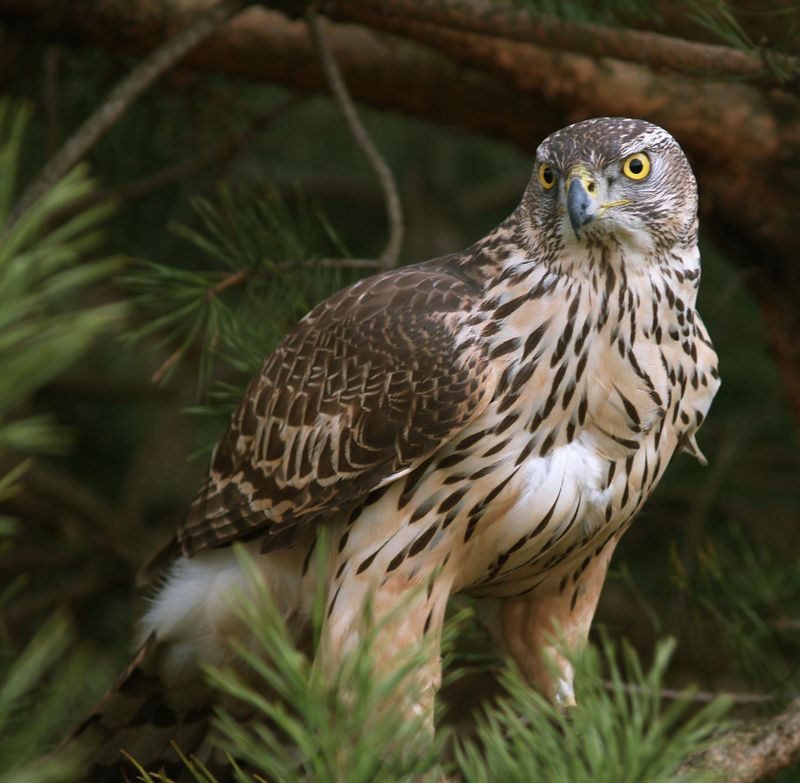
The New Britain Goshawk possesses feathers with remarkable properties that scientists are eager to study. Each feather contains specialized structures that appear either deep charcoal or silvery-white depending on viewing angle.
This natural technology serves multiple purposes. It confuses prey by breaking up the bird’s outline during flight, and it may help regulate temperature in the humid tropical environment. Biomimicry researchers are studying these feathers to develop new types of adaptive camouflage and thermal regulation materials.
9. Memory Mapping Abilities
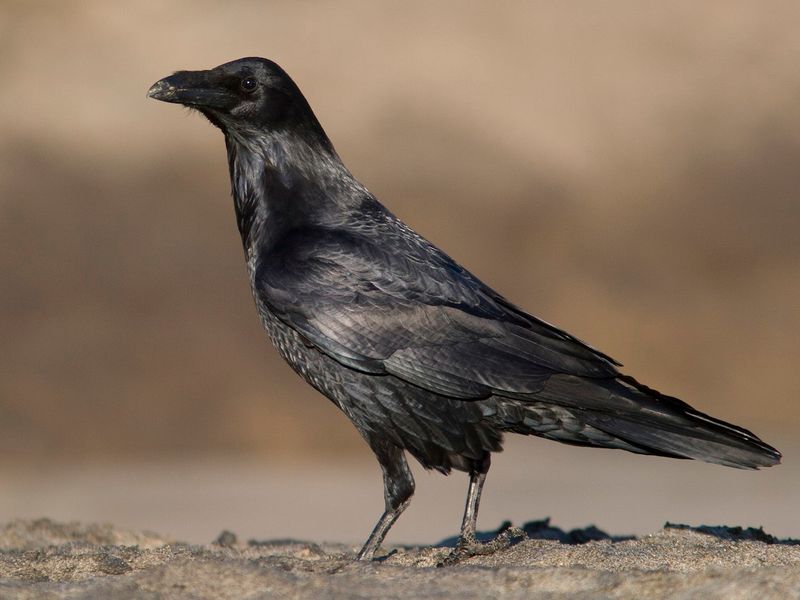
Recent studies reveal the New Britain Goshawk possesses extraordinary spatial memory capabilities. These birds can remember the exact locations of hundreds of fruit-bearing trees across their territory, enabling them to plan efficient hunting routes.
More impressive still, they track these resources across seasons, returning precisely when each tree species produces fruit that attracts their preferred prey. This cognitive map is so detailed that researchers have used goshawk behavior to discover previously unknown fruiting patterns in certain rainforest tree species.
10. Unique Multi-Prey Hunting Strategy
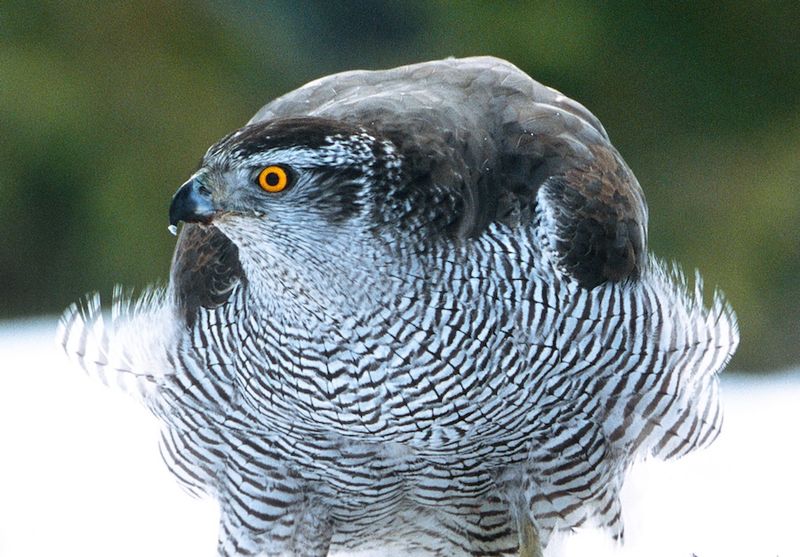
Unlike most raptors that specialize in specific prey types, the New Britain Goshawk demonstrates remarkable dietary flexibility. Field observations reveal it hunts everything from small mammals and birds to lizards, large insects, and even certain fruits when animal prey is scarce.
Most fascinating is its seasonal hunting strategy adjustment. During wet seasons, it primarily targets tree frogs and aquatic birds near waterways. In drier months, it shifts completely to pursuing small mammals and reptiles in more open terrain.
11. Cooperative Nesting Behavior
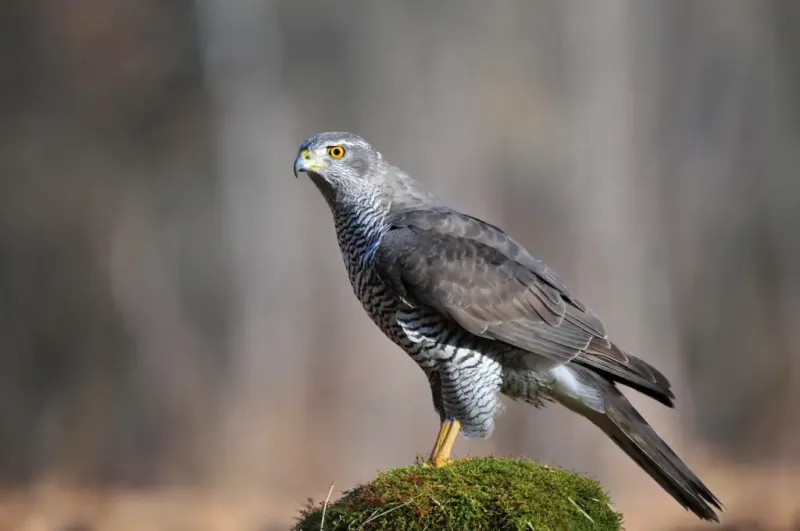
Field researchers documented a previously unknown cooperative breeding system in New Britain Goshawks. Unlike most raptors, which raise young in isolated pairs, these birds sometimes form small colonies of 3-4 nests in close proximity.
Adults from different nests have been observed sharing hunting duties and defending territory collectively against predators. Young birds from early broods may stay to help raise later clutches from other pairs, creating a complex social structure previously unheard of in goshawks and providing crucial survival advantages in their challenging environment.
12. Vocal Mimicry Abilities
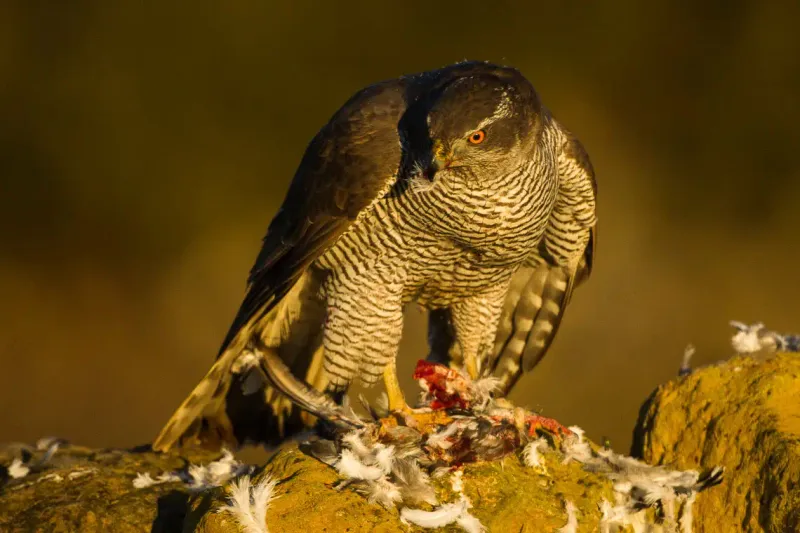
The New Britain Goshawk possesses an astonishing vocal talent never before documented in raptors. It can mimic the calls of other bird species with remarkable accuracy, using this skill as a sophisticated hunting technique.
By imitating the alarm calls of small birds, it creates confusion that allows it to approach prey more closely. Even more cunningly, it sometimes mimics mating calls to lure potential prey into the open. This level of vocal sophistication is extremely rare among birds of prey.
13. Moonlight Hunting Specialization

Breaking with typical raptor behavior, the New Britain Goshawk frequently hunts during bright moonlit nights. Its eyes contain an unusually high density of rod cells, granting superior night vision compared to other diurnal raptors.
This nocturnal activity peaks during full moons, when the goshawk takes advantage of prey animals that become more active in the increased light. Local researchers discovered this behavior creates a significant hunting advantage, as the bird faces less competition from other predators during these moonlit hunting sessions.
14. Symbiotic Relationship With Forest Plants
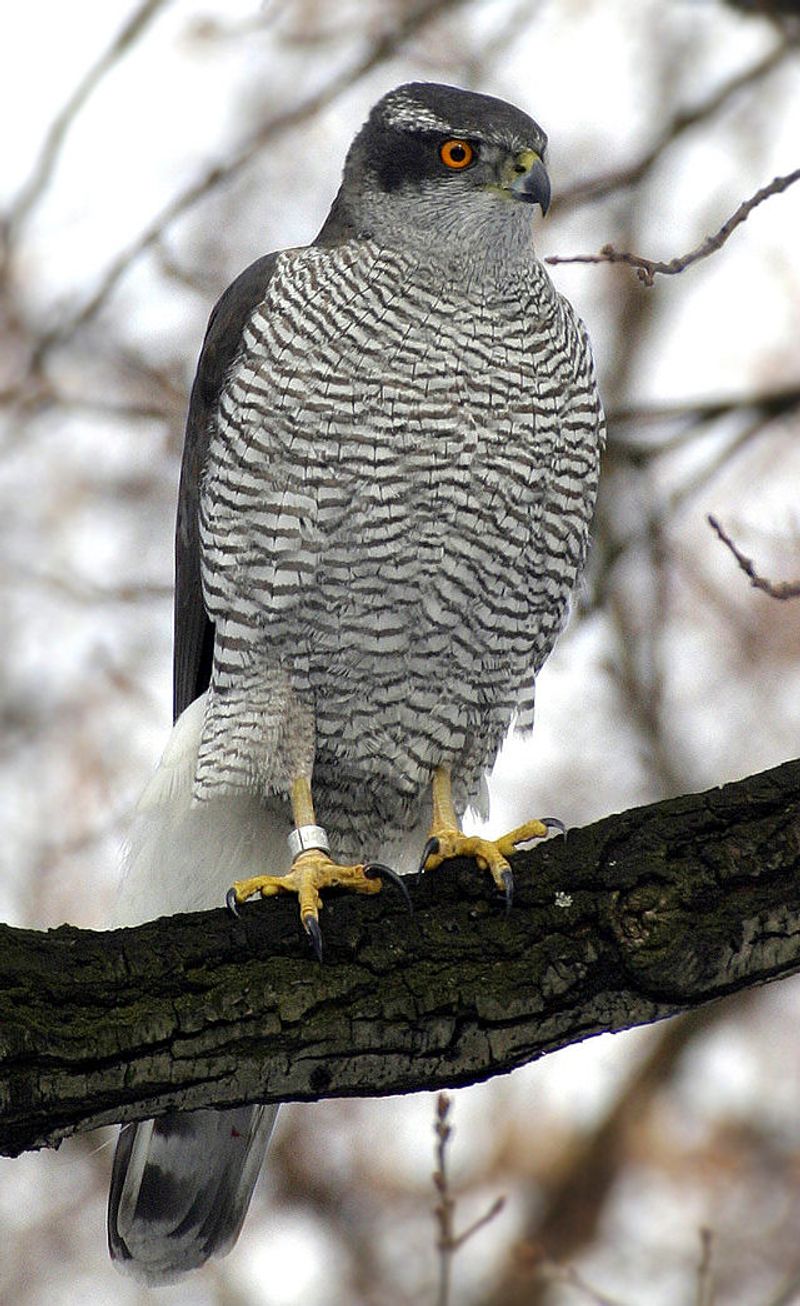
A remarkable symbiotic relationship exists between the New Britain Goshawk and certain rainforest plant species. The bird’s nests incorporate specific aromatic leaves that contain natural insect repellents, protecting vulnerable chicks from parasites.
In return, the goshawk disperses the seeds of these plants through its territory. Scientists have tracked seed distribution patterns that perfectly match goshawk territories, suggesting the plants have evolved to produce seeds that specifically attract the birds, creating a fascinating example of co-evolution.
15. Weather Prediction Behaviors
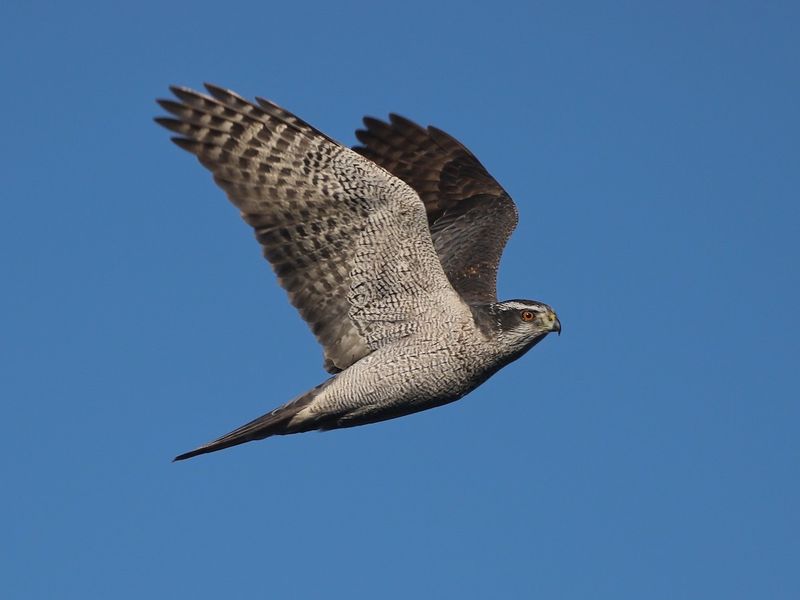
Local indigenous knowledge claims the New Britain Goshawk can predict weather changes, a belief recently supported by scientific observation. Days before major storms, goshawks engage in frenzied hunting, stockpiling prey in tree cavities.
Researchers discovered the birds can detect subtle barometric pressure changes imperceptible to humans. This remarkable sensitivity allows them to prepare for periods when hunting will be difficult. Their behavior has become so reliable that local fishermen watch goshawk activity to determine when it’s safe to venture to sea.

